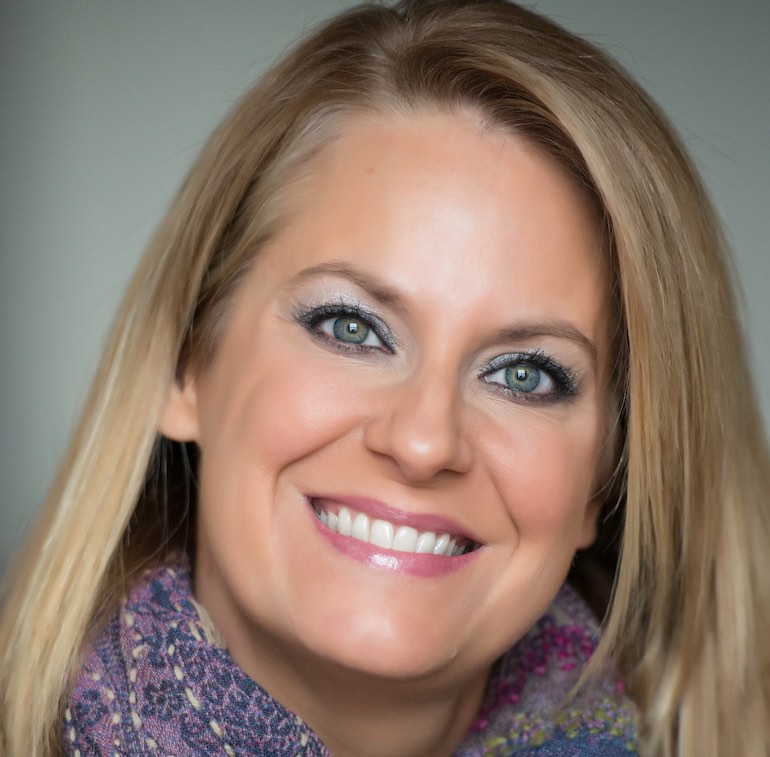3 minutes
Four concrete ways to get started
According to statistics from McKinsey’s State of the Organization 2023, 60% of leaders believe organizational resilience will become more important in the future, yet only 14% of organizations have adopted a fully agile operating model.
The same report found that resilient companies generated 10% more in total shareholder return between the fourth quarter of 2019 and the second quarter of 2020. Between the second quarter of 2020 to the third quarter of 2021, the differentiated growth had gone up to 50%.
The report also found that publicly listed companies have found that when they involve more than 30% of their workforce in capability-building programs, they enjoy 43% and above benchmarks in total shareholder returns. In addition, organizations consider learning and capability-building as extremely important to their long-term resilience this year. (The number was 59% before the pandemic.)
These data points probably have you wondering what organizations can do to build resilience, right? McKinsey cited three things: respond quickly, empower employees to use their judgment and create a culture of continuous learning.
It’s of course this third factor, creating a culture of continuous learning, that I want to look at more deeply.
Learning: A Precondition for Resilience
A great first step in building a culture of learning is setting a learning/knowledge vision for the whole organization. Ideally, your vision will be highly adaptable as the marketplace of staff (and member) needs shift. And ideally, your vision will be one that can and will be personalized to respond to the needs of each of your team members. You’ll also want to build in metrics so you can check in along the way and adjust a bit if necessary.
It's important to keep in mind that both formal and informal learning play a role in an organization’s overall ability to build capability among its team members.
To get you started, here are some concrete suggestions formulated based on ideas in the McKinsey report.
- Build a knowledge repository. Knowledge lies with individuals—but learning is social and learning from failure is paramount. You need a process for capturing what people know and storing that knowledge so other people in the organization can access it.
- Think about learning as capability-building. Building resilience requires making learning something that can be used effectively by the people in the organization to better serve the mission. When you think about learning this way, you will discover that sometimes you’ll need your people to learn new things and sometimes you will need them to un-learn old things. The goal is for them to have the capability to do what the organization needs done.
- Reinforce learning. Be it in a classroom or online sessions, the overall experience of pre-, during and post-session debriefs defines what employees take back to their work from each learning.
- Ensure learning is ongoing. As you strive to build organizational resilience through learning, be sure to infuse resilience into your learning processes. This includes leveraging both technology and people to help team members learn, improve and adjust.
Where Are You on Building a Learning Culture for Resilience?
Organizations are not there yet in capability-building . McKinsey found 47% saying we need to act now and 43% saying they need to act soon. Where are you?
If you are finding that you need support in building your culture of learning, reach out. I’ll be happy to have a conversation with you.
Stepping into the gap between corporate complacency and organizational excellence is where Lesley Sears strives to be. In her role as VP/consulting services at CUES, Lesley leads CUES Consulting, which provides talent strategy support to credit unions of all sizes. Lesley is passionate about helping leaders find their company’s superpowers in talent development through a holistic approach: identify–develop–document-repeat. She’s a Lean Six Sigma Black Belt, a certified executive leadership coach and has over 20 years of experience consulting with organizations across many industries to strategically develop their talent’s best selves. When she’s not working to help organizations maximize their potential, you can find her digging in her flower beds, reading or watching classic movies. Maybe, on a good morning in the spring and fall, you’ll find her running—really slowly.






